WGA And SAG-AFTRA Strike: What It Means For The Entertainment Industry
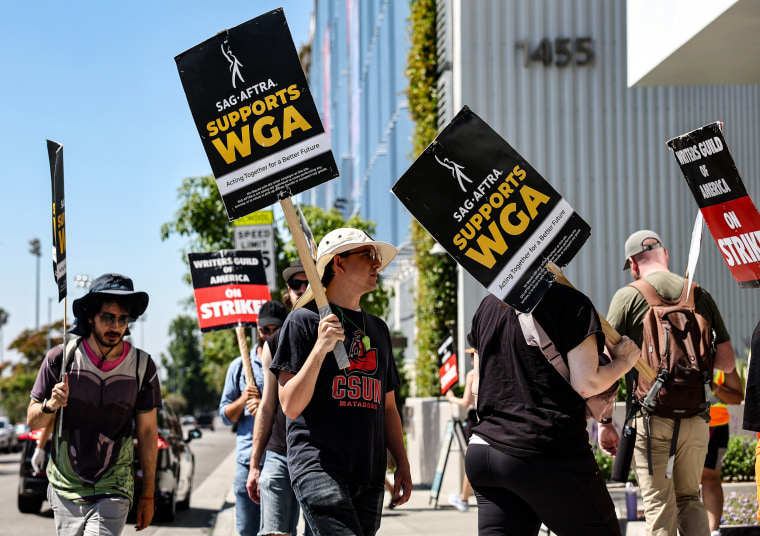
Table of Contents
The Core Demands of the WGA and SAG-AFTRA Strikes
The WGA strike and SAG-AFTRA strike are driven by several key demands, all centered around ensuring fair compensation, protecting creative jobs from AI, and improving working conditions.
Fair Compensation and Residuals in the Streaming Era
The transition from traditional television to streaming platforms has dramatically altered compensation models. While streaming services generate billions in revenue, writers and actors often receive significantly reduced residuals compared to the network television era. This disparity forms a central pillar of the WGA and SAG-AFTRA strikes.
- Minimum pay increases: Both unions are demanding substantial increases to minimum pay rates to reflect the rising cost of living and the increased value generated by their work.
- Fair residual structures for streaming: The unions are pushing for transparent and equitable residual systems for streaming content that accurately reflect the platforms' revenue. The current system, which often pays minimal or no residuals for successful streaming shows, is a major point of contention.
- Transparency in streaming revenue: Both the WGA and SAG-AFTRA demand greater transparency in how streaming services calculate and distribute revenue, enabling better accountability and fairer compensation for their members.
The Impact of Artificial Intelligence (AI) on Creative Work
The rapid advancement of AI technology poses significant threats to the livelihoods of writers and actors. The use of AI in scriptwriting and acting raises serious concerns about job displacement and the potential devaluation of human creativity.
- Safeguards against AI-generated scripts: The unions are demanding strong protections against the use of AI-generated scripts, ensuring that human writers retain control over the creative process.
- Deepfake prevention and regulation: Concerns exist over the potential misuse of AI-generated deepfakes, which could exploit actors' likenesses without their consent or compensation. The unions seek regulations to prevent such exploitation.
- Compensation for AI-generated content: The unions are pushing for fair compensation for any work that utilizes AI, preventing the exploitation of creative work through automated processes.
Health and Safety Concerns
Beyond compensation and AI, the strikes also highlight long-standing concerns regarding working conditions. SAG-AFTRA, in particular, is advocating for improvements to actors’ working conditions.
- Reasonable working hours: Demands include stricter limits on working hours to prevent excessive fatigue and burnout.
- Adequate rest periods: The unions are fighting for sufficient rest periods between scenes and working days to ensure the well-being of actors.
- Safe working environments: Improving on-set safety protocols and ensuring appropriate medical care are also key demands.
The Impact of the Strike on the Entertainment Industry
The WGA strike and SAG-AFTRA strike are causing significant disruption throughout the entertainment industry.
Production Delays and Cancellations
The dual strike has brought nearly all major television and film productions to a halt. Numerous projects have been delayed indefinitely, and several productions have been canceled altogether.
- Delayed film releases: Major studio films are facing delays as post-production work is affected by the strike.
- TV show cancellations: Several network and streaming shows have been forced to cancel planned seasons due to the strike.
- Economic impact on production crews: Thousands of crew members—including camera operators, editors, and production assistants—are experiencing job losses or reduced work.
The Ripple Effect on Related Industries
The strike's impact extends far beyond the production studios. Related industries are also feeling the strain.
- Catering and transportation: Companies providing catering and transportation services to productions have experienced significant revenue losses.
- Post-production houses: Post-production facilities are experiencing reduced workloads as fewer projects are in production.
- Tourism in film-centric areas: Areas that rely heavily on film production for tourism revenue are also facing economic challenges.
Long-Term Implications for the Creative Landscape
This entertainment industry strike could lead to significant long-term changes in the industry.
- Re-evaluation of compensation models: The strike may force a re-evaluation of compensation models for writers and actors in the streaming era.
- Increased unionization efforts: The strikes could inspire increased unionization efforts in other creative fields, such as video game development and animation.
- Shifts in production practices: The industry may see shifts in production practices to accommodate the demands of the unions and address concerns about worker exploitation.
Potential Resolutions and Future Outlook for the WGA and SAG-AFTRA Strike
The resolution of the WGA strike and SAG-AFTRA strike remains uncertain.
Negotiation Strategies
Both sides have engaged in negotiations, but significant disagreements persist over key issues.
Possible Outcomes
Several potential outcomes exist: a negotiated settlement, a prolonged strike, or even potential legal action.
Long-Term Effects
Regardless of the immediate outcome, this strike will undoubtedly leave a lasting mark on the entertainment industry. It could reshape labor practices, compensation models, and the relationship between creative workers and the studios.
Understanding the Significance of the WGA and SAG-AFTRA Strike
The WGA and SAG-AFTRA strikes represent a critical moment for the entertainment industry. Fair compensation in the streaming era, the threat of AI, and the need for improved working conditions are central to the demands of both unions. This widespread disruption underscores the importance of supporting fair labor practices and protecting the creative workforce. To stay informed about the ongoing WGA strike, SAG-AFTRA strike, and their impact on the future of the entertainment industry, follow updates from reputable news sources and the official union websites. Understanding the complexities of this pivotal moment is crucial for the future of the entertainment industry and the creative professionals who make it thrive.

Featured Posts
-
 North Carolina University Shooting One Fatality Multiple Injuries
Apr 29, 2025
North Carolina University Shooting One Fatality Multiple Injuries
Apr 29, 2025 -
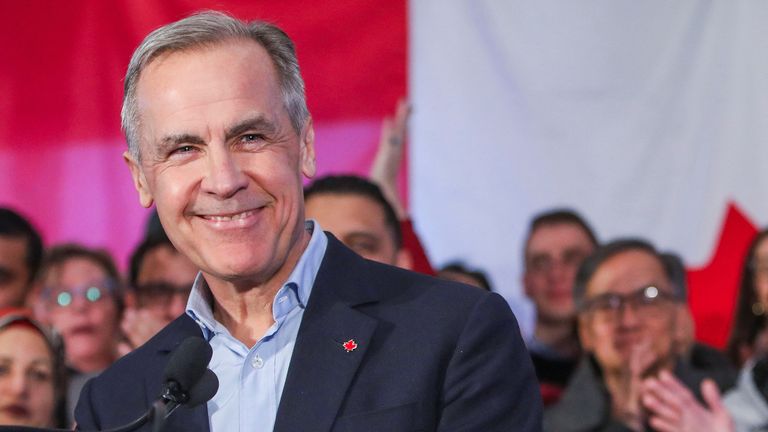 Canada Election Carneys Campaign Faces Headwinds In Final Days
Apr 29, 2025
Canada Election Carneys Campaign Faces Headwinds In Final Days
Apr 29, 2025 -
 Huawei Develops Exclusive Ai Chip To Rival Nvidia
Apr 29, 2025
Huawei Develops Exclusive Ai Chip To Rival Nvidia
Apr 29, 2025 -
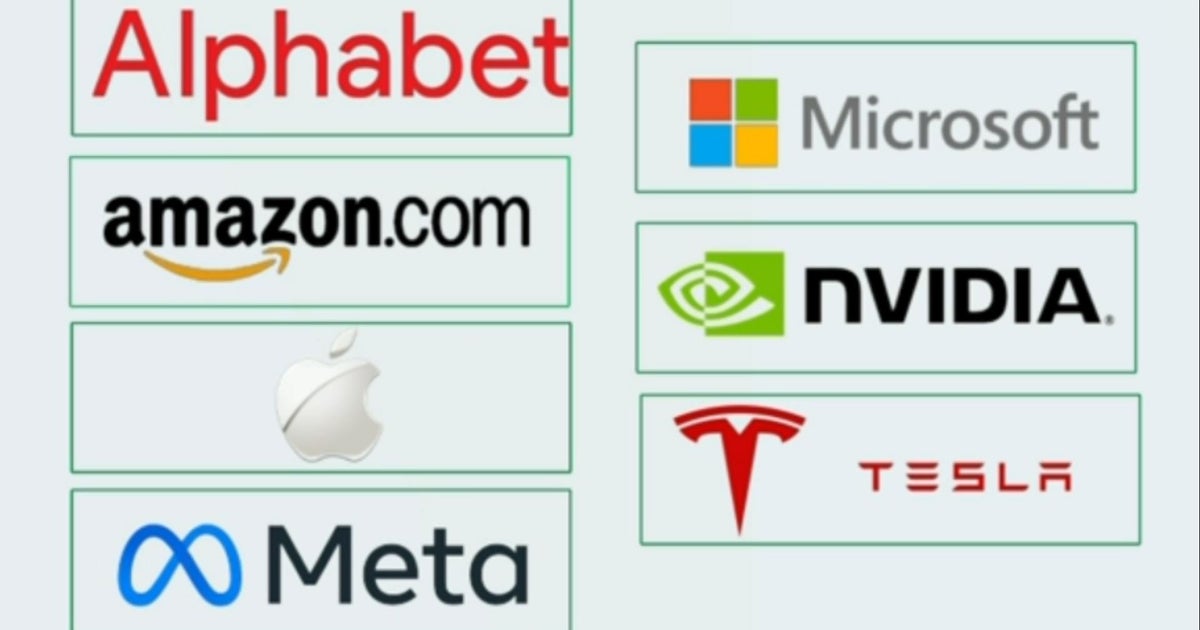 Market Crash Seven Leading Stocks Shed 2 5 Trillion In Value
Apr 29, 2025
Market Crash Seven Leading Stocks Shed 2 5 Trillion In Value
Apr 29, 2025 -
 Activision Blizzard Deal Faces Ftc Appeal Future Uncertain
Apr 29, 2025
Activision Blizzard Deal Faces Ftc Appeal Future Uncertain
Apr 29, 2025
Latest Posts
-
 Exploring The Countrys Fastest Growing Business Regions
Apr 29, 2025
Exploring The Countrys Fastest Growing Business Regions
Apr 29, 2025 -
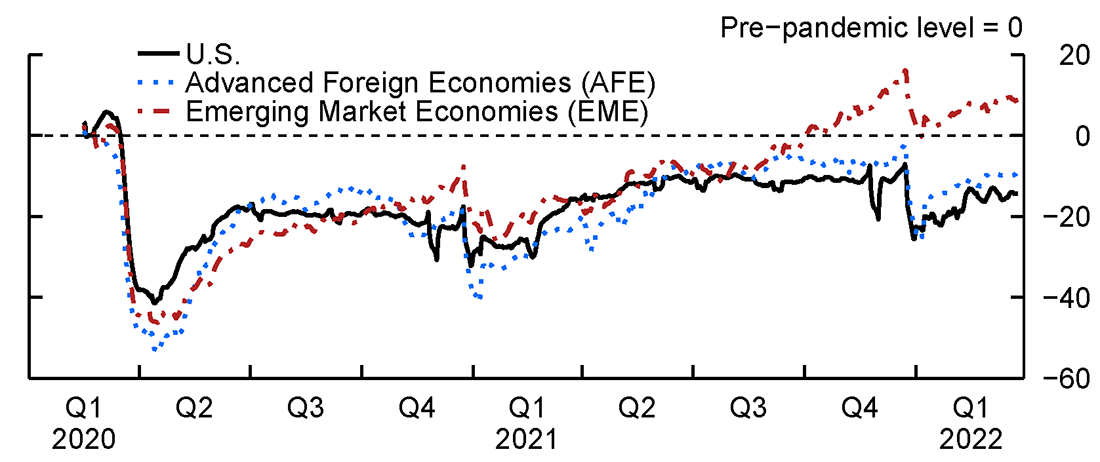 Ecb Report Post Pandemic Fiscal Policies Contribute To Inflation
Apr 29, 2025
Ecb Report Post Pandemic Fiscal Policies Contribute To Inflation
Apr 29, 2025 -
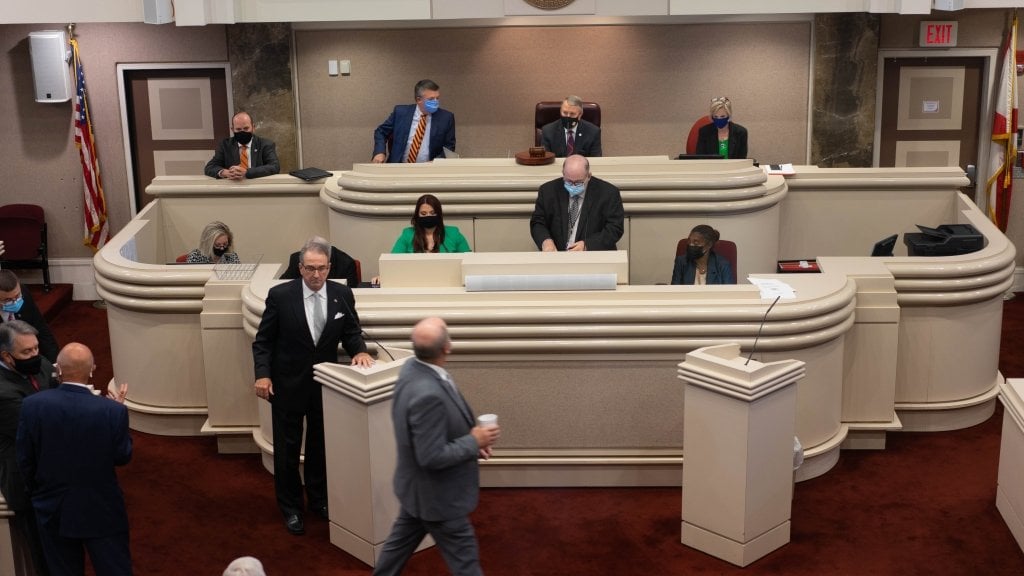 Inflation Persists Ecb Attributes High Prices To Pandemic Relief Spending
Apr 29, 2025
Inflation Persists Ecb Attributes High Prices To Pandemic Relief Spending
Apr 29, 2025 -
 A Data Driven Look At The Countrys Newest Business Hotspots
Apr 29, 2025
A Data Driven Look At The Countrys Newest Business Hotspots
Apr 29, 2025 -
 Post April 8th Treasury Market Analysis Findings And Forecasts
Apr 29, 2025
Post April 8th Treasury Market Analysis Findings And Forecasts
Apr 29, 2025
